[FIX] Can’t Change Diagnostic Data to ‘Full’ in Windows 10
You may fail to change the Diagnostic Data to full if the Connected User Experience service is not running or disabled. Moreover, a conflicting application (like Spybot Anti-beacon) or wrong configuration of the Group Policy of your system may also cause the error under discussion.
The issue arises when the user fails to change the Diagnostic Data to Full (and thus cannot join the Windows Insider Program). The setting is either disabled or if the user was able to change it, the setting does not save (or revert to the previous setting).
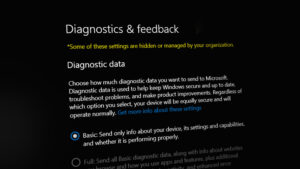
Before moving on, check if you can log in to the Windows Insider website with your credentials. Moreover, make sure your system’s Windows is updated to the latest release.
Solution 1: Enable Connected User Experience Service
The Connected User Experience service is essential for the operation of the diagnostic data settings and if it is not running (or is disabled), you may encounter the issue at hand. In this context, enabling and starting the Connected User Experience service may solve the problem.
- Press the Windows key and type (in the Windows search): Services. Now, in the list of results, right-click on the result of Services and choose Run as Administrator.
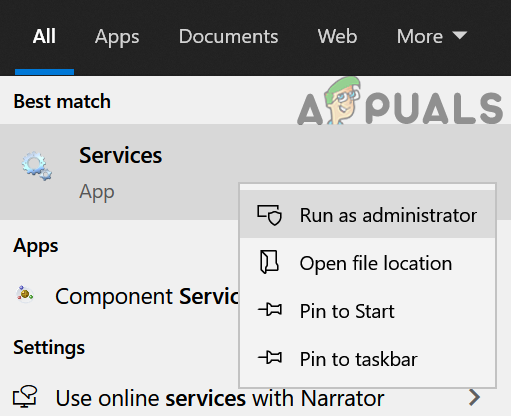
Open Services as Administrator - Then right-click on the Connected User Experiences and Telemetry service and choose Properties.
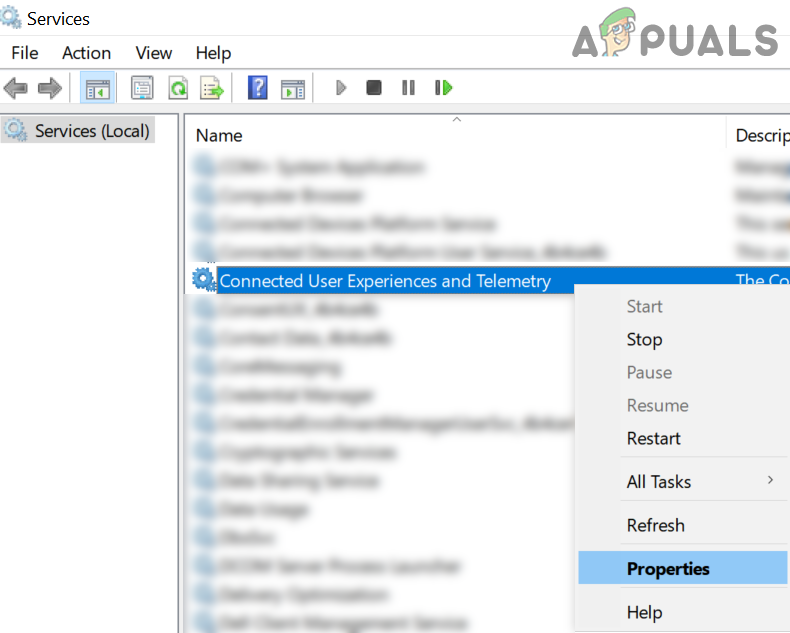
Open Properties of the Connected User Experiences and Telemetry - Now, expand the dropdown of the Startup type and select Automatic.

Connected User Experiences and Telemetry - Then click on the Start button and apply your changes. If the mentioned service is already started, then restart it.
- Now reboot your PC and then check if the diagnostic data can be set to full.
- If that did not do the trick, then check if setting the Startup type of Device Management Wireless Application Protocol (WAP) Push message Routing Service (dmwappushsvc) to Automatic and starting/restarting it sorts out the problem.
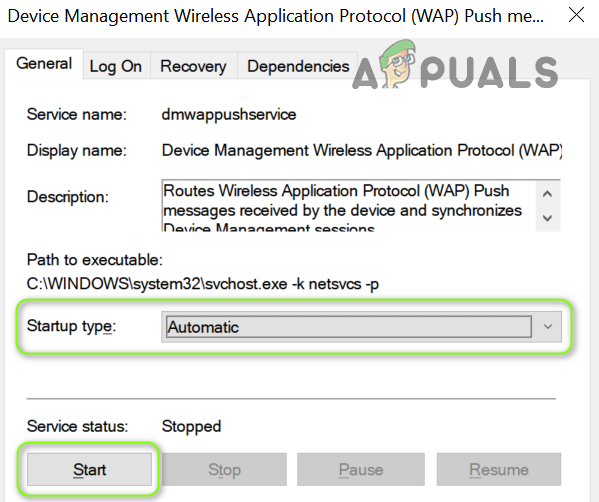
Change the Startup Type of Device Management Wireless Application Protocol (WAP) Push Message Routing Service and Start it - If the issue persists, then check if enabling and starting the Windows Insider service solves the problem.
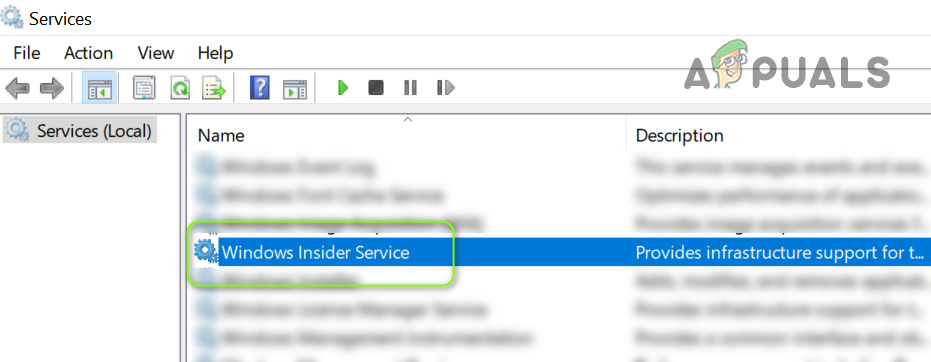
Enable and Start Windows Insider Service
Solution 2: Remove the Conflicting Applications
You may fail to change the diagnostic data to full if an application (especially applications guarding your privacy like Spybot Anti-beacon) is blocking access to the diagnostic data setting. In this case, either editing the application’s settings or removing the problematic application may solve the problem. Firstly, check the apps list in the Windows Settings to find out the problematic application. The Spybot Anti-beacon, O&O Shutup10, and System Mechanic applications are reported by the users to create the issue at hand.
- Press the Windows key and open Settings.
- Now select Apps and expand Spybot Anti-beacon or System Mechanic (or some similar application).
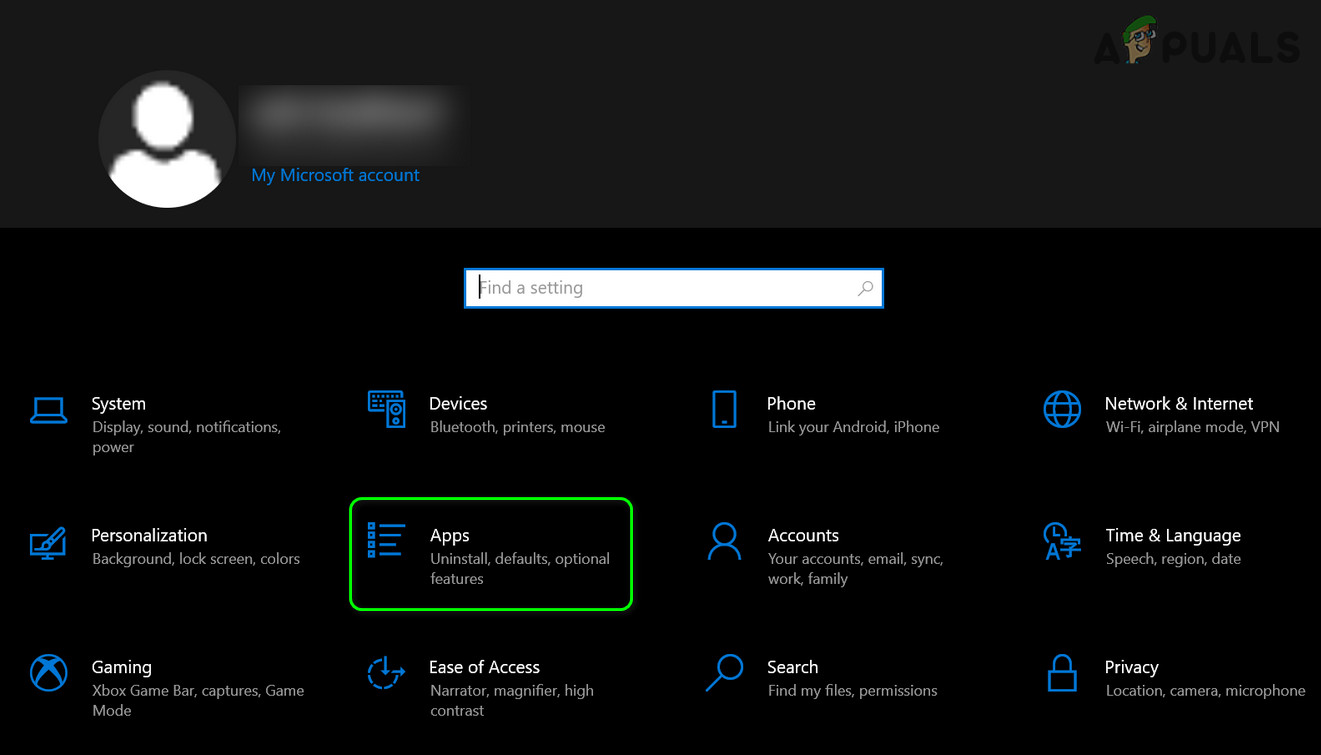
Open Apps in the Windows Settings - Then click on the Uninstall button and then confirm to Uninstall the privacy application.
- Now reboot your PC and check if the diagnostic data can be set to full.
If you are using Spybot, then disabling its Immunization may solve the problem.
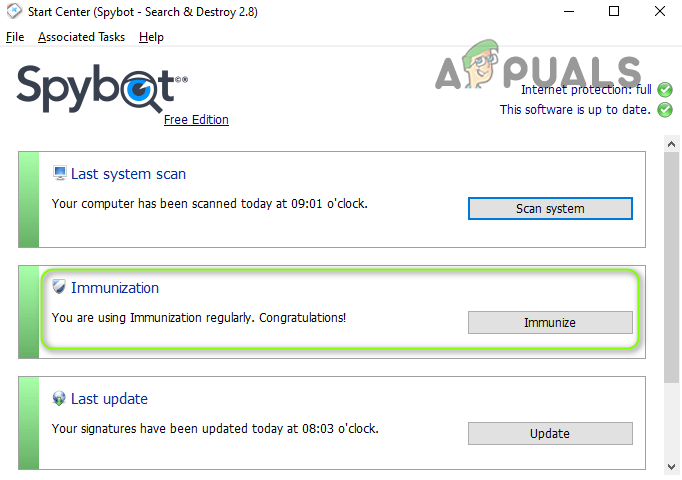
If you are a System Mechanic user, then check if enabling the Personal Data Collection and Sharing (in Toolbox > Protect > Privacy Shield) solves the problem.
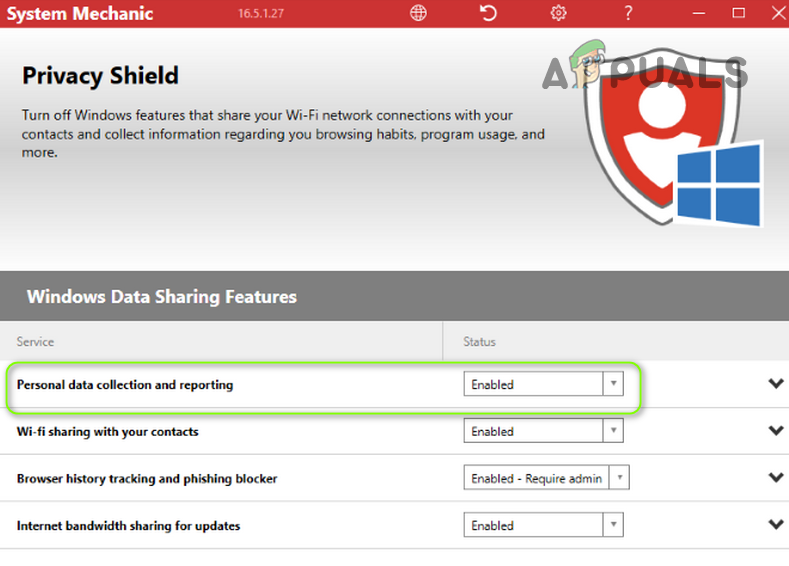
Solution 3: Enable Other Diagnostic & Feedback Options
The diagnostic data issue may arise if the other Diagnostic & Feedback options (like Inking and Typing) are not properly configured. In this case, properly configuring the mentioned options may solve the problem.
- Press the Windows key and open Settings.
- Now open Privacy and in the left pane, steer to the Diagnostics & Feedback.
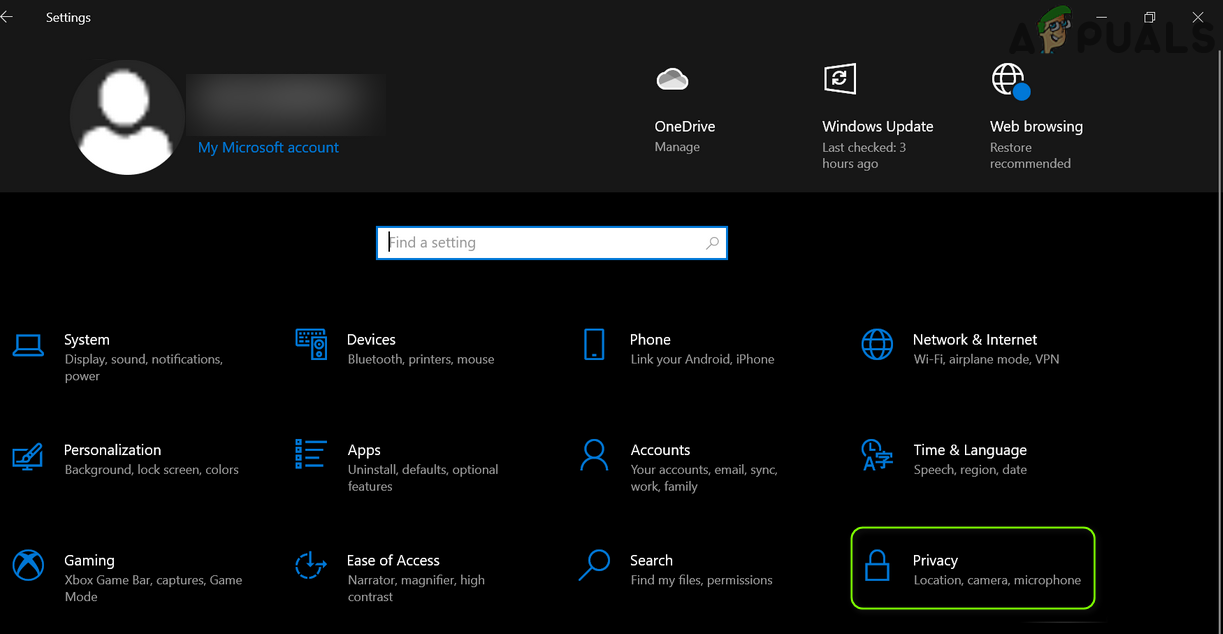
Open Privacy in the Windows Settings - Then enable the option of Improve Inking and Typing and Tailored Experience by toggling their respective switches to the ON position.
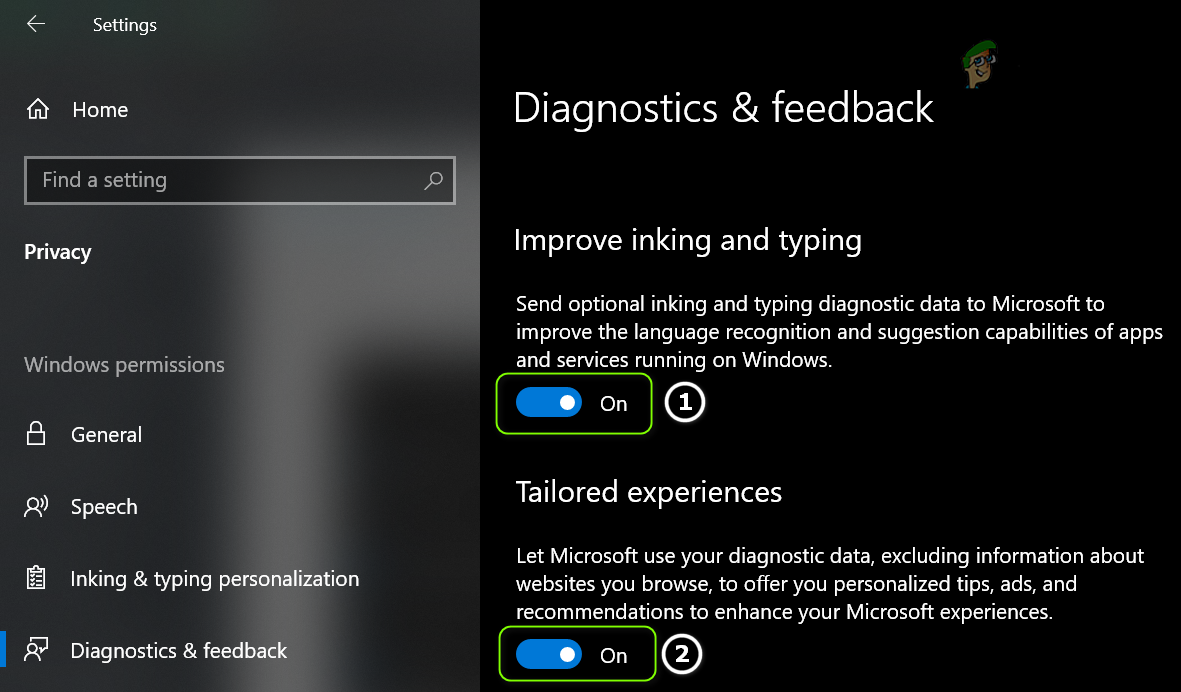
Enable Improve Inking and Typing and Tailored Experience in the Diagnostics & Feedback - Now expand the dropdown of the Feedback Frequency and select Automatically (Recommended).
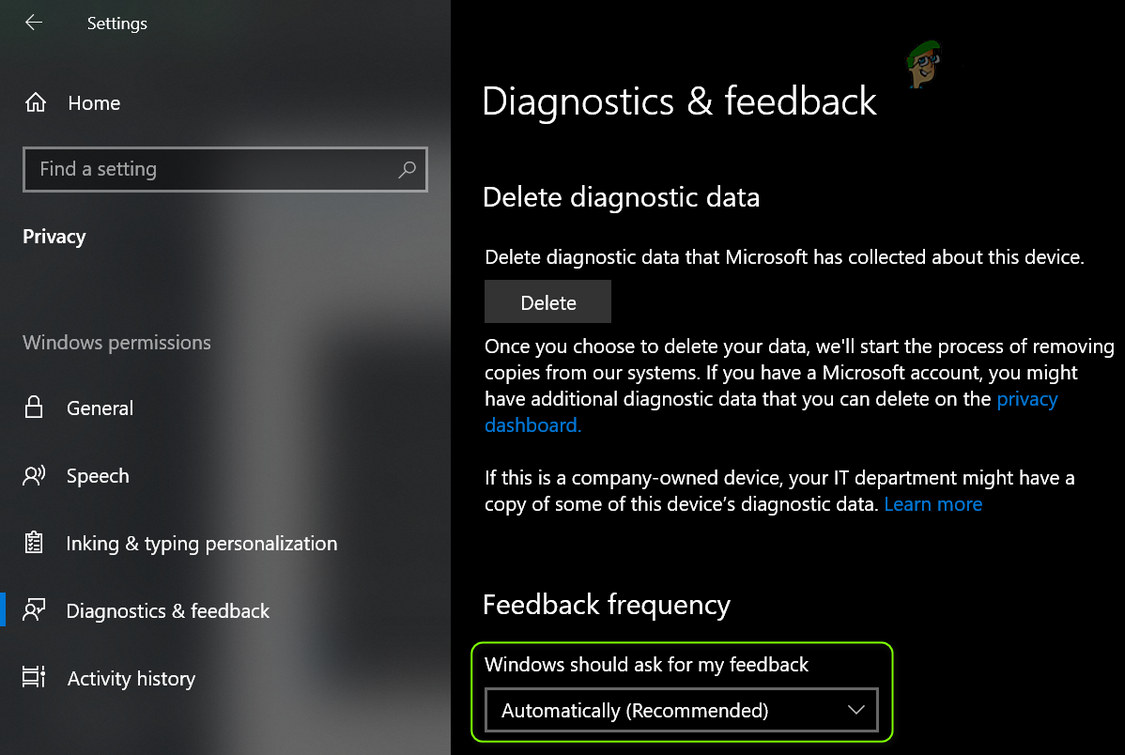
Feedback Frequency and select Automatically (Recommended) - Then reboot your PC and check if the diagnostic data issue is resolved.
Solution 4: Edit the Group Policy to Allow Telemetry
Telemetry is essential for the operation of diagnostic data collection and the issue at hand may arise if the Telemetry setting is disabled (or not properly configured) in the Group Policy of your system. In this context, editing the Group Policy to Allow Telemetry may solve the problem. If you are a Windows 10 Home Edition user, then you may have to install the Group Policy editor on your system.
- Press the Windows key and type (in the search box): Group Policy Editor. Then open Edit Group Policy.
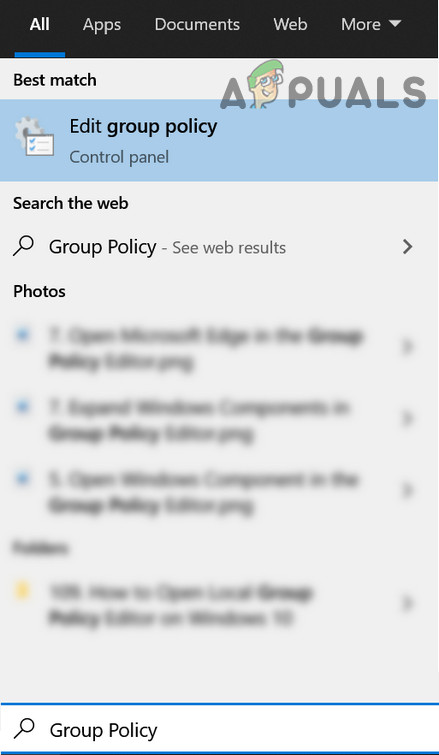
Open Group Policy Editor - Now, in the left pane, navigate to the following path:
Computer Configuration>> Administrative Templates>> Windows Components>> Data Collection and Preview Builds
- Then, in the right pane, double-click on Allow Telemetry and set the radio button of Enabled.
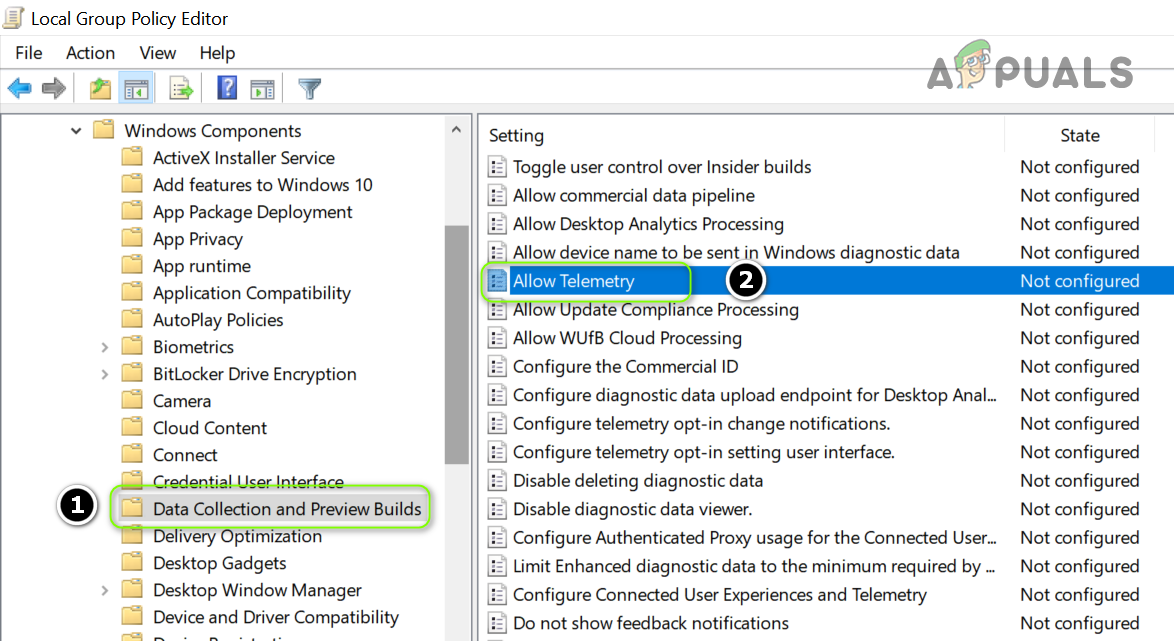
Open ‘Allow Telemetry’ in the Group Policy of Data Collection and Preview Builds - Now, in the Options section, set the value to 3 – Optional and apply your changes.

Enable Allow Telemetry and Set its Value to 3- Optional - Then reboot your PC and check if the diagnostic data issue is resolved.
Solution 5: Delete the Tasks in the Task Scheduler and Edit the Hosts File
You may encounter the issue at hand if a task in the Task Scheduler is preventing a user from making the relevant changes or if the Hosts file of your system is not properly configured. In this case, removing the problematic tasks in the Task Scheduler and editing the Hosts file may solve the problem.
- Press the Windows key and type (in the Windows search): Task Scheduler. Then open the Task Scheduler.
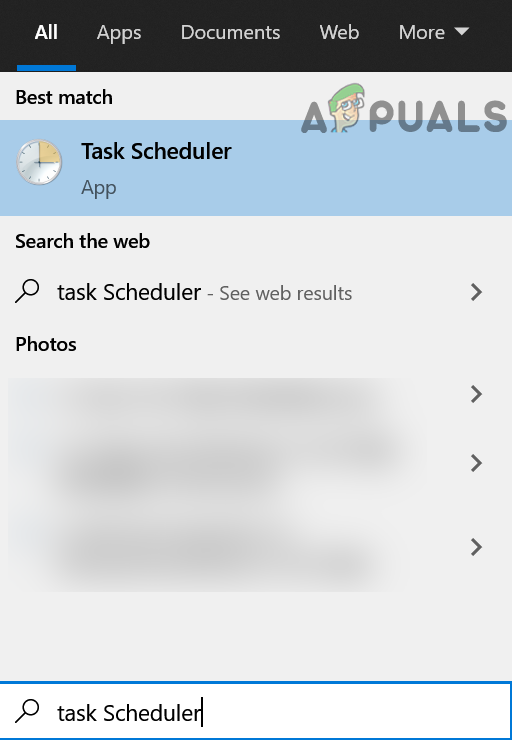
Open the Task Scheduler - Now, in the left pane, expand Task Scheduler Library and under it, spread Safer-Networking (if present).
- Now right-click on the Spybot Anti-Beacon and select Delete Folder (if you want to play safe, then import the folder and then delete it).
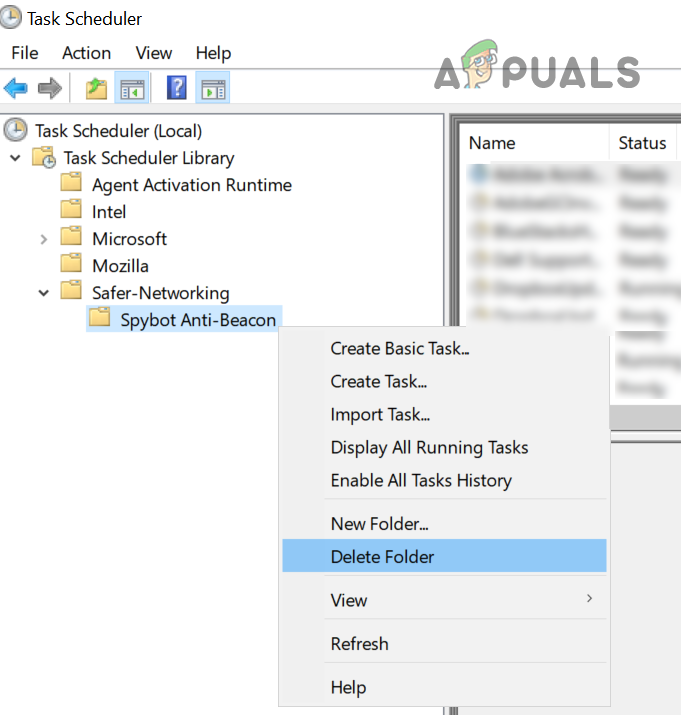
Delete the Spybot Anti-Beacon Folder in the Task Scheduler - Then confirm to delete the folder and close the Task Scheduler.
- Now press the Windows key and search for: Notepad. Now, in the list of results, right-click on the Notepad and choose Run as Administrator (otherwise, the changes made to the Hosts file may not save).
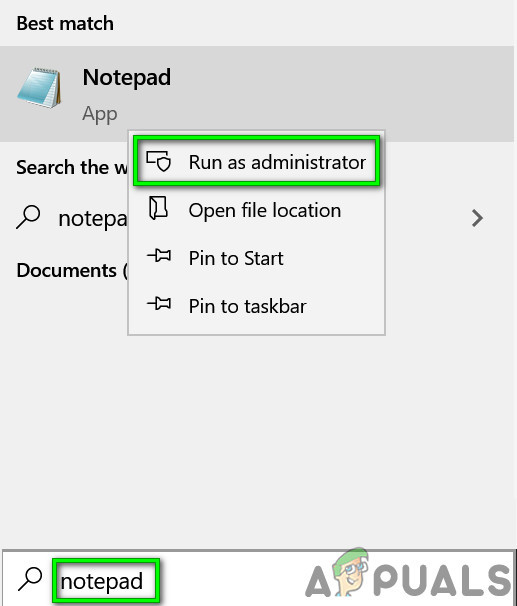
Open Notepad As Administrator - Now select File > Open and steer to the following path (copy-paste the address):
\windows\system32\drivers\etc\
- Then change the File Type to All Files and double-click on Hosts.
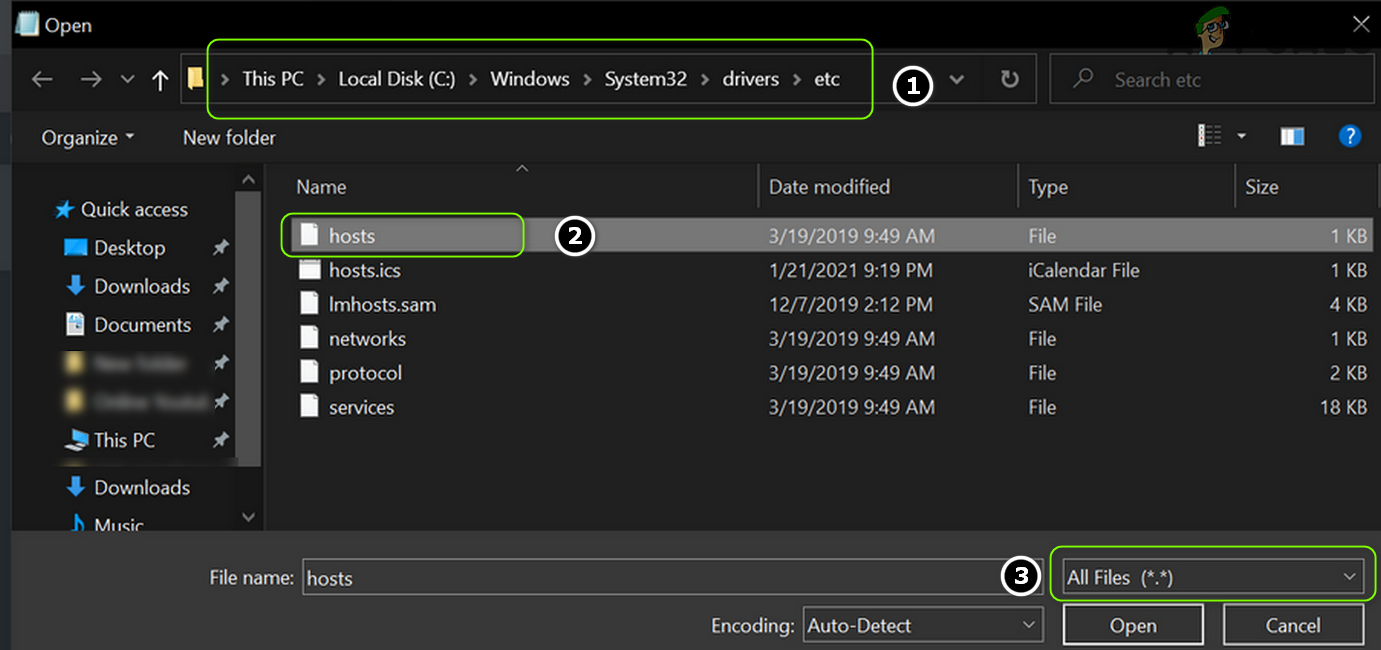
Open the Hosts File in the Notepad - Now, delete all the entries between the following two lines (if present):
# Start of entries inserted by Spybot Anti-Beacon for Windows 10 # End of entries inserted by Spybot Anti-Beacon for Windows 10
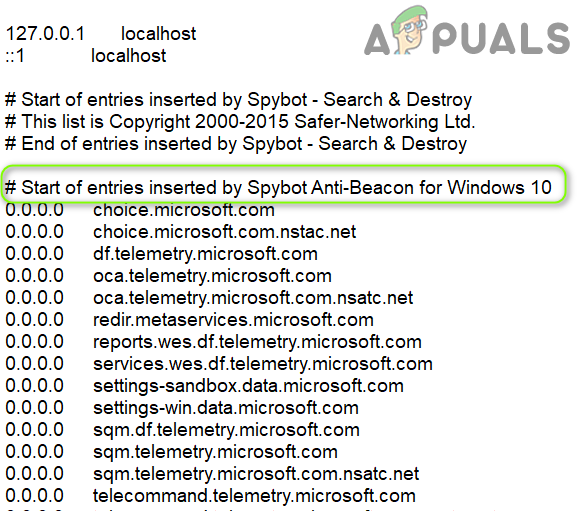
Delete the Spybot-Anti-beacon Entries from the Hosts File - Now save your changes and close the Notepad.
- Then reboot your PC and check if the diagnostic data issue is resolved.
Solution 6: Edit the Registry Keys
If none of the above-mentioned solutions did the trick for you, then you may edit the system’s registry (maybe too techy for the computer newbies) to solve the problem.
Warning: Advance with extreme care and at your own risk as editing the registry of your system requires a certain level of proficiency and if not done right, you may cause everlasting damage to your OS/system/data.
Before moving on, make sure to create a back-up of your system’s registry. Also, make sure no applications/processes (even the Windows Setting) are running on your PC.
Edit the AllowTelemetry Keys
- Press the Windows key and type (in the search bar): Registry Editor. Now, right-click on the result of the Registry Editor, and in the mini-menu, choose Run as Administrator.
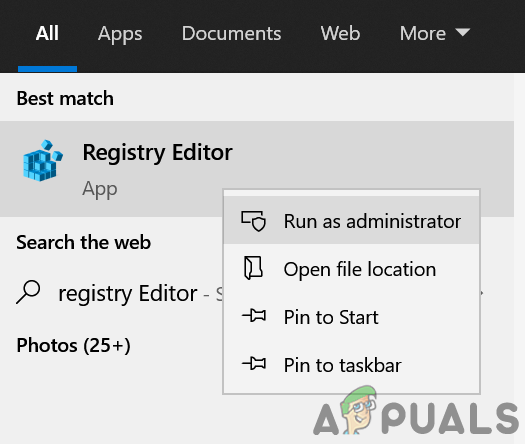
Open Registry Editor as Administrator - Then navigate to the following registry path:
HKEY_LOCAL_MACHINE\SOFTWARE\Microsoft\WindowsSelfHost
- Now, in the left pane, right-click on the WindowsSelfHost key and select Delete.
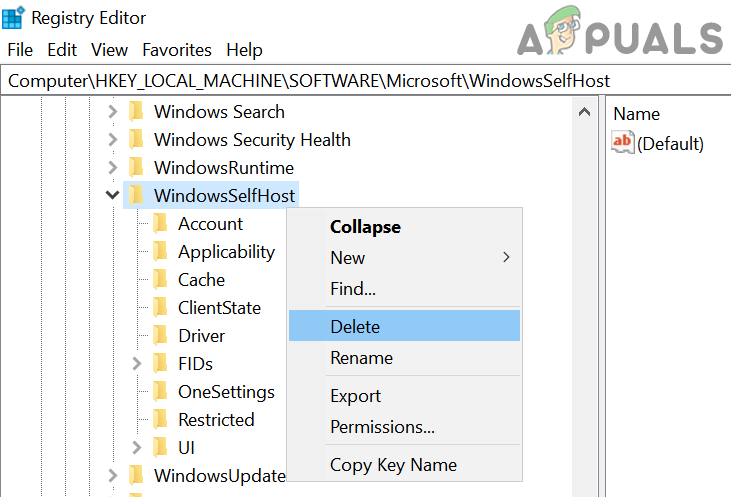
Delete the WindowsSelfHost Registry Key - Then, confirm to delete the key and navigate to the following path:
HKEY_LOCAL_MACHINE\SOFTWARE\Policies\Microsoft\Windows\DataCollection
- Now, in the right pane, check if the AllowTelemetry value exists.

Delete AllowTelemetry Key in the Registry - If so, then delete it and steer to the following registry path:
HKEY_LOCAL_MACHINE\SOFTWARE\Microsoft\Windows\CurrentVersion\Policies\DataCollection
- Now, in the left pane, create a new entry of AllowTelemetry and set its value to 3 (if the entry already exists, set its value to 3 but make sure it is a Dword value, not a REG_SZ value).
- Then repeat the same to set the value of MaxTelemetryAllowed to 3 and exit the editor.
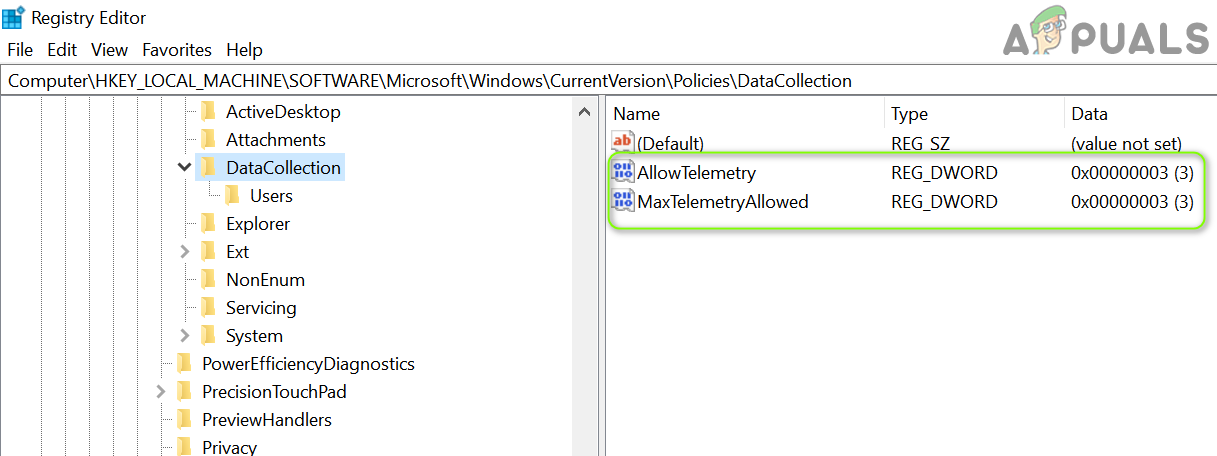
Set the Values of AllowTelemetry and MaxTelemetryAllowed to 3 - Now reboot your PC and check if the diagnostic data issue is resolved.
- If not, then steer to the following key:
Computer\HKEY_CURRENT_USER\Software\Policies\Microsoft\Windows\DataCollection
- Now, right-click on the DataCollection key and select New > Dword (32-bit) Value.
- Then rename the key as AllowTelemetry and double-click on it.
- Now set its value to 3 and exit the editor.
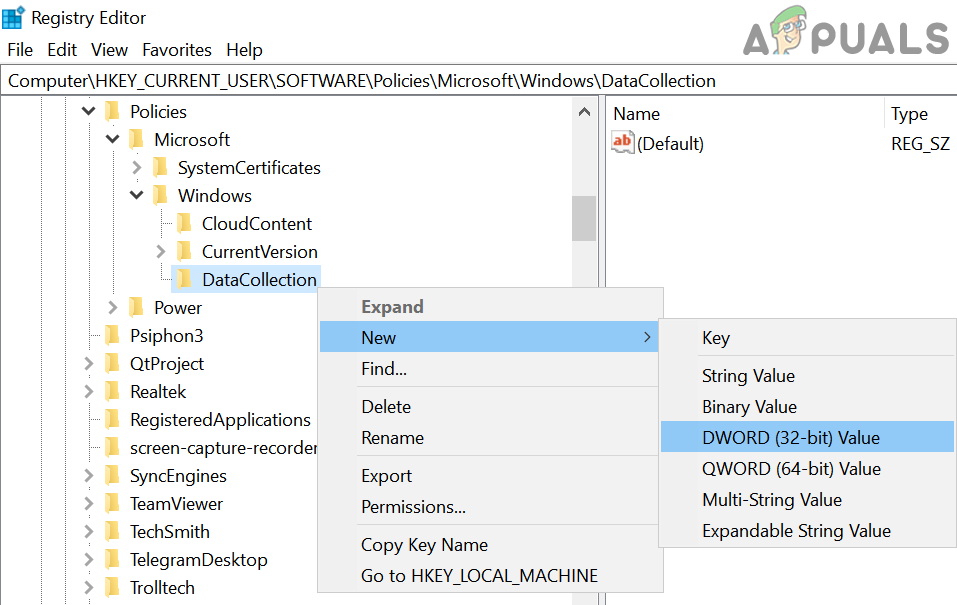
Create a New Dword (32-bit) Value in the DataCollection Key - Then reboot your PC and check if the system is clear of the diagnostic data issue.
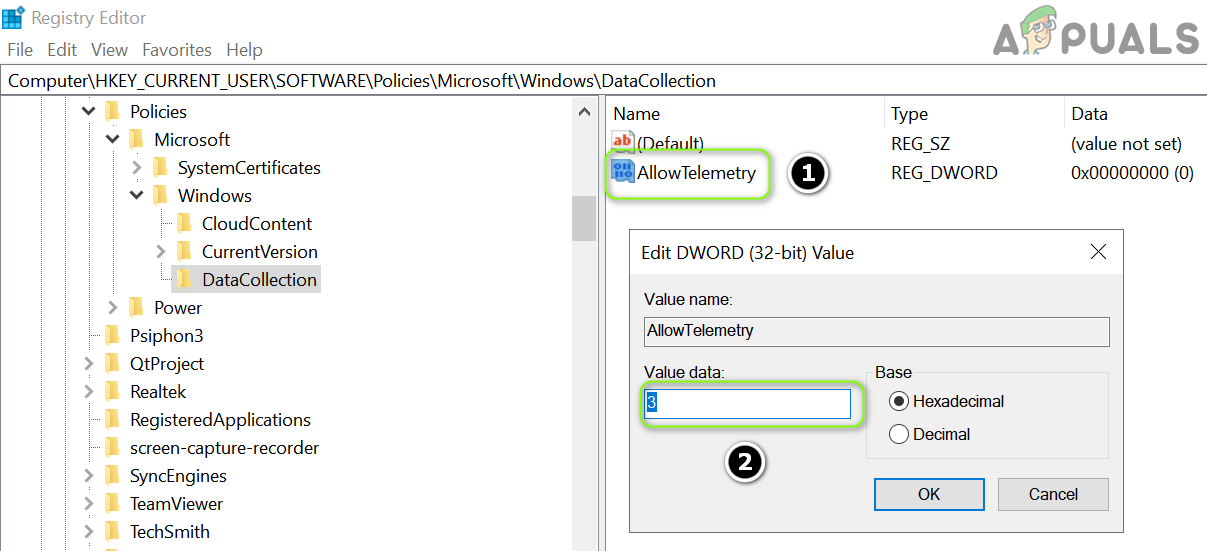
Name the New Key as AllowTelemetry and Set its Value to 3 - If the issue persists, then steer to the following registry key:
HKEY_LOCAL_MACHINE\SOFTWARE\Policies\Microsoft\Windows\DataCollection
- Now, in the left pane, right-click on the DataCollection key and select New>>Dword (32-bit) Value.
- Then rename it as AllowTelemetry and set its value to 3.
- Then exit the editor and reboot your PC.
- Upon reboot, check if the diagnostic data issue is resolved.
Use the Command Prompt to Delete the Keys Related to Diagnostic Data
If the issue persists, then you may have to delete a bunch of the relevant registry keys by using the elevated Command Prompt discussed below:
- Press the Windows key and in the search box, type: Command Prompt. Now, in the results list, right-click on the Command Prompt, and in the mini-menu, choose Run as Administrator.
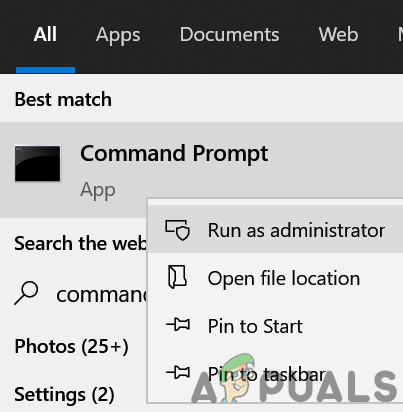
Open Command Prompt as Administrator - Now, execute the following one by one (make sure to press the Enter key after each cmdlet):
reg delete "HKCU\Software\Microsoft\Windows\CurrentVersion\Policies" /f reg delete "HKCU\Software\Microsoft\WindowsSelfHost" /f reg delete "HKCU\Software\Policies" /f reg delete "HKLM\Software\Microsoft\Policies" /f reg delete "HKLM\Software\Microsoft\Windows\CurrentVersion\Policies" /f reg delete "HKLM\Software\Microsoft\Windows\CurrentVersion\WindowsStore\WindowsUpdate" /f reg delete "HKLM\Software\Microsoft\WindowsSelfHost" /f reg delete "HKLM\Software\Policies" /f reg delete "HKLM\Software\WOW6432Node\Microsoft\Policies" /f reg delete "HKLM\Software\WOW6432Node\Microsoft\Windows\CurrentVersion\Policies" /f reg delete "HKLM\Software\WOW6432Node\Microsoft\Windows\CurrentVersion\WindowsStore\WindowsUpdate" /f
- Then exit the Command Prompt and reboot your PC to check if the system is clear of the diagnostic data issue.
If the issue persists, then check if performing an in-place upgrade (download the Windows 10 ISO and launch its Setup.exe with the administrator privileges) resolves the diagnostic data issue.




